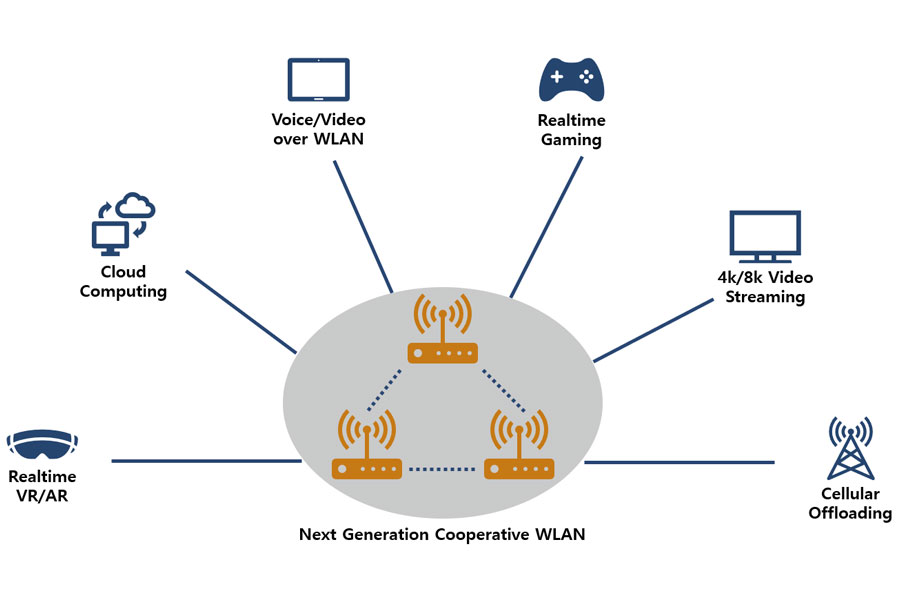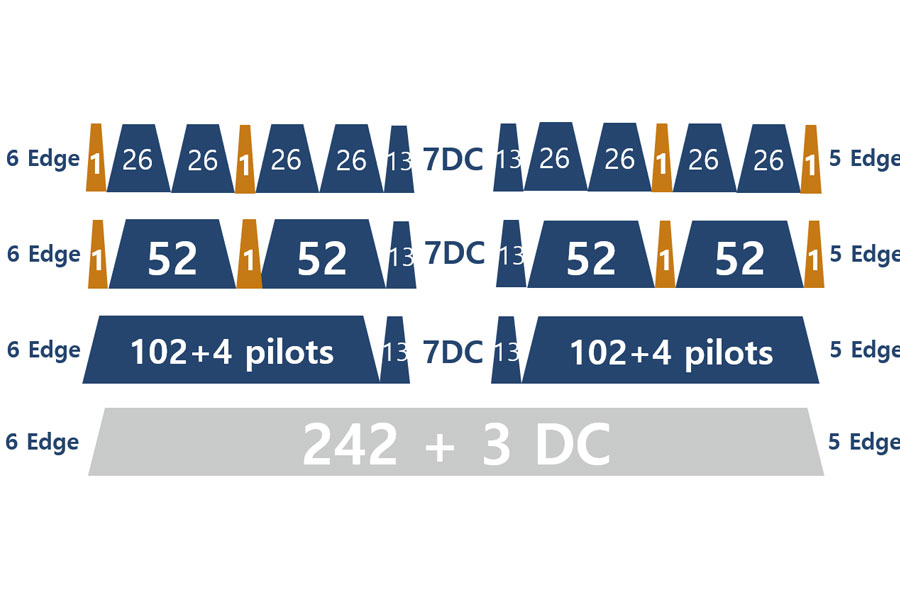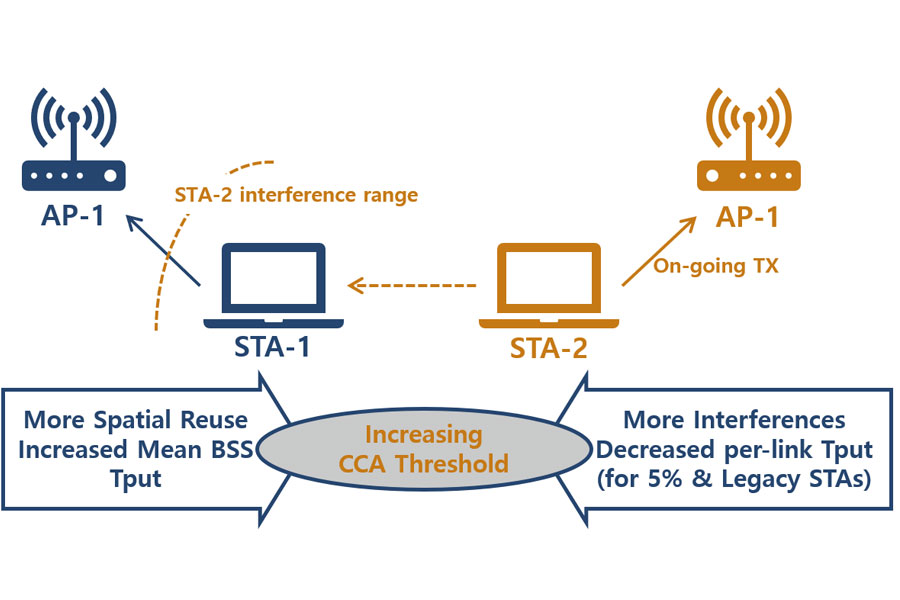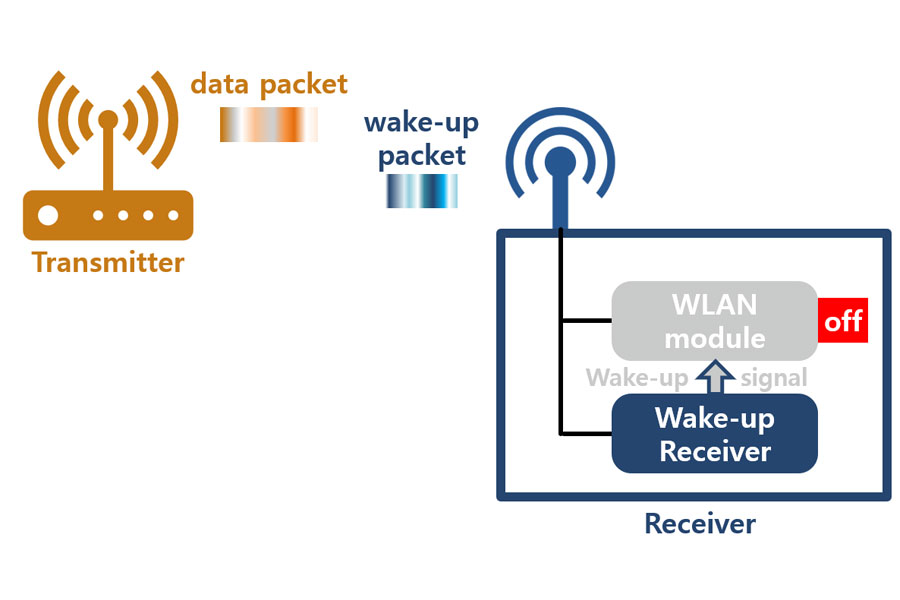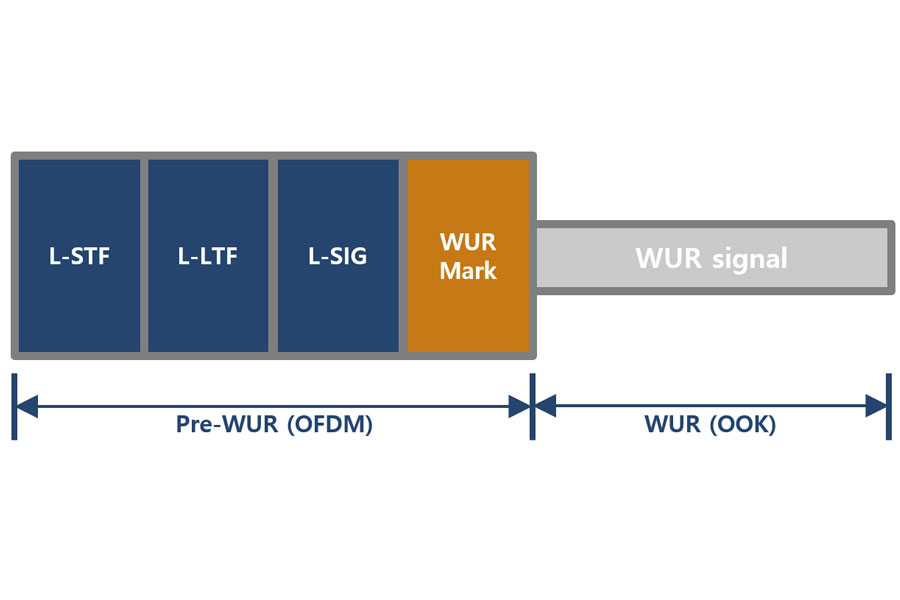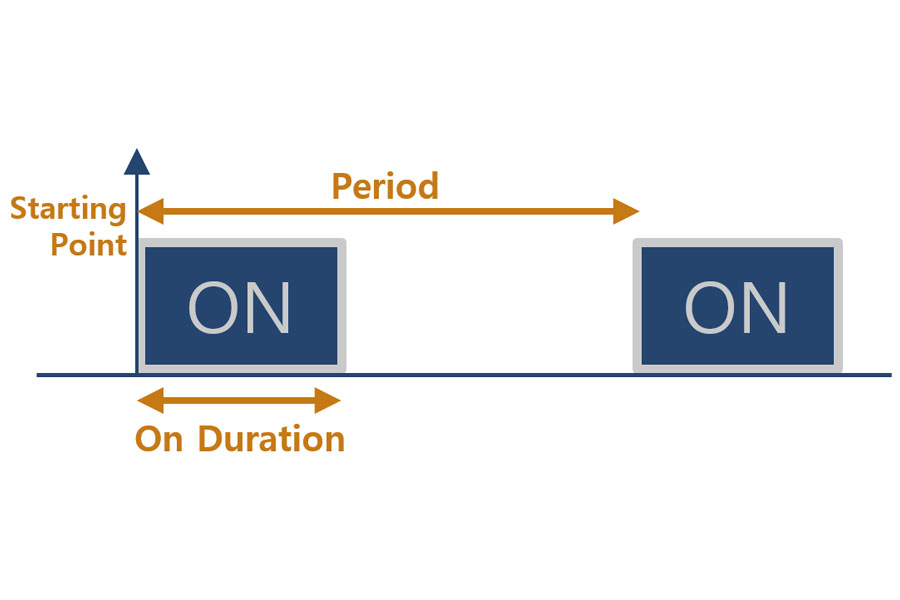The IEEE 802.11 Wireless LAN WG (Working Group) develops and maintains a set of media access control (MAC) and physical layer (PHY) specifications such as 11n, 11ac, and 11ax for wireless local area network (WLAN) communication in unlicensed frequency bands.
The Wi-Fi Alliance (WFA) certifies Wi-Fi products for interoperability conformity to IEEE/WFA standards under various certification programs such as Wi-Fi Display and Wi-Fi EasyMesh.
WILUS has actively participated in the standardization of IEEE 802.11ax HEW (High Efficiency WLAN), which will be the 6th generation wireless LAN standard. Based on our experience in IEEE and 3GPP standardization activities, we proposed many technologies enabling the enhanced Wi-Fi experiences. We also have participated in IEEE 802.11ba WUR (Wake Up Radio) specification, which solves the conflicting goals of low power consumption and low latency to increase the battery life of WLAN based IoT devices. We are also contributing to IEEE 802.11be EHT (Extremely High Throughput). It will enable new high-throughput, low latency applications such as 4K/8K video streaming, virtual reality or augmented reality, gaming, remote office and cloud computing.

